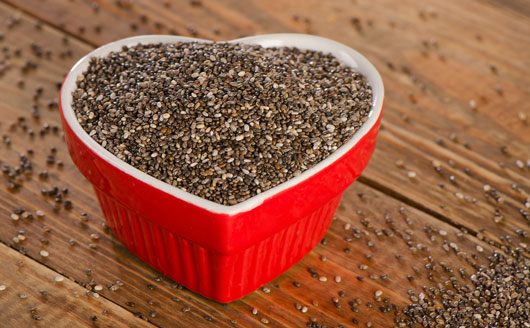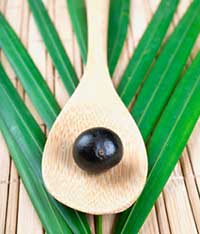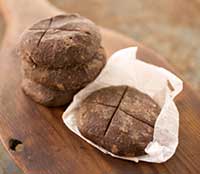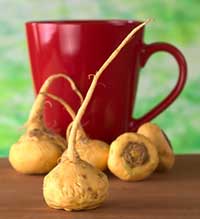
Today the word superfood is a household term, with health-foodies eternally scavenging the world of nutritional wellness to discover the next unknown source of innumerable antioxidants; the next It consumable life force, the newest, most avant-garde gastronomical tool that will help them live even longer.
But the irony is that when it comes to many of the superfoods currently in vogue, their history traces back to the ancient pasts of various Latin cultures, where these foods were not only part and parcel of the people’s day-to-day diet, but in some cases also revered and treated with the respect worthy of…well, a superfood.
CHIA
For decades the word chia mostly inspired thoughts of terracotta animals sprouting awkward shrub-like perms and typically succeeded the word pet. But today chia seeds, which are loaded with omega-3 fatty acids, are among the hottest new superfoods—known to provide excellent sources of protein, fats and fiber. Chia is native to Mexico and Guatemala, and the seeds can either be ground or eaten whole in salads, smoothies, wraps and a variety of other dishes.
 YERBA MATE
YERBA MATE
The partially nomadic Guarani people of South America were the first known harvesters of yerba mate, which they considered sacred, “the drink of the gods.” They, too, must have known of the powerful tea’s many benefits. Yerba mate, which in Argentina and Uruguay is commonly sipped through a metal straw from a hollowed out gourd, aids digestion, is rich in antioxidants, enhances one’s ability to focus, physical endurance, helps weight control and supports cardiovascular health. And you ask yourself why everyone in Buenos Aires is so unremittingly gorgeous.
 AÇAÍ
AÇAÍ
Hailing from Brazil, this superfood is harvested from hearts of palm. In the northern regions of the country it is served in gourds with tapioca, and can be eaten salty or sweet; and in southern Brazil they serve it with granola. Açaí has been known to support brain and heart function, as it is rich in carotenoids and phytonutrients (anthocyanins), which are known to help cognitive activity; as well as helping to reduce cholesterol levels and improve metabolic syndrome risk factors in overweight individuals. Açaí is easy to buy at most health food stores, typically frozen in individual smoothie packs or as ground powder, and there are all kinds of delicious ways to eat it.
Read Related: Foods That Will Make Your Skin Glow
 CACAO
CACAO
This aromatic fruit was first cultivated in the equatorial South and Central American and Amazon regions. The ancient Mesoamerican peoples also considered it a divine gift, a source of wellness and power, and even a form of currency. Thanks to cacao we got chocolate, widely known to be rich in antioxidants such asoligomeric procynanidins, resveratrol and the polyphenols: catechin and epicatechin; as well as the preservation of vitamin C, phenethylamine—considered to be the neurotransmitter that triggers the feeling of love—Omega 6 fatty acids, tryptophan and serotonin.
 MACA
MACA
The native Indians of Peru have been utilizing Maca root for thousands of years as a vital ingredient to health, and would cultivate and consume it for both its nutritional and medicinal value. Peruvian Maca improves endocrine function, which includes the glands and the hormones they secrete, which control fertility, sexual function, digestion, brain and nervous system physiology, and energy levels. Maca root is also referred to as an adaptogen, which means it increases the body’s ability to defend itself against both physical and mental weakening by supporting adrenal and pituitary gland health, both of which underlie proper endocrine function. Maca is commonly sold as ground powder and can be used in smoothies and salads, among other recipes.










